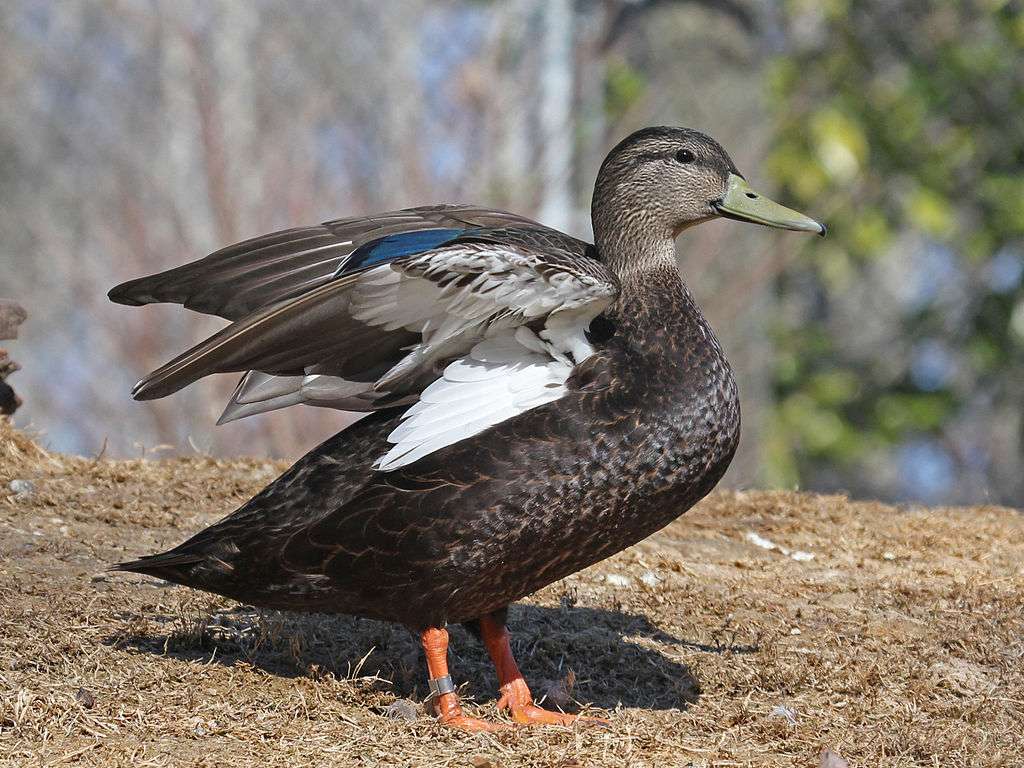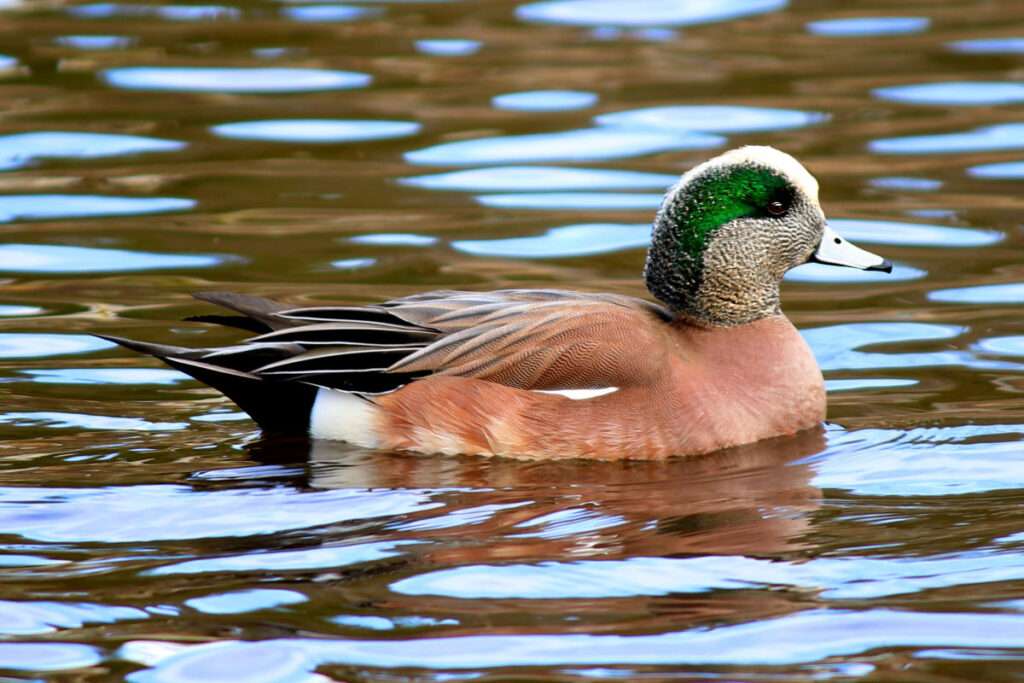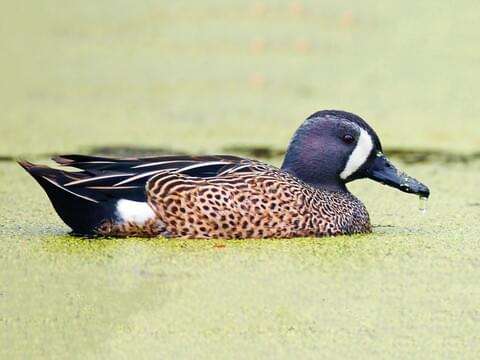
A duck called a pintail spends the winters south of its breeding territory, near the equator, and breeds in the northern regions of Europe and North America. The scientific and English names of the species are derived from the large central tail feather of the male. The hen makes a rough quack and has dull brown feathers.
Fun Facts
- Northern Pintails move at a nighttime migration pace of about 48 mph. A Northern Pintail has been known to travel 1,800 kilometers nonstop.
- Northern Pintails are impatient when it comes to breeding. As soon as the ice begins to thaw, they begin nesting, and by late April, they have reached as far north as Canada’s Northwest Territories.
Description
The northern pintail, sometimes known as the “greyhound of the air,” is a tall, thin duck with long, narrow wings. The rump has a white patch on either side, while the back has a dark grayish-black color. The long central tail feathers have two black feathers and the rest are gray with white margins. An iridescent, greenish-black speculum is visible when flying. The legs and feet are slate gray, and the bill is blue-gray with a black stripe running from the center to the tip. The head and lower body of female northern pintails are buff or gray, with a dark-brown upper body. The speculum is a bronze or drab brown color. The legs and feet are slate gray, and the beak is blue-gray with black blotches.

Predators
Crows, gulls, coyotes, foxes, skunks, raccoons, magpies, and badgers are some examples of predators. Adult pintail ducks are prey for coyotes and bobcats.
Diet
Mostly seeds and insects In the fall and winter, they eat primarily plant debris, particularly the seeds of grasses, sedges, pondweeds, and other plants, as well as abandoned grains in fields. Additionally feeds on roots and new growth in the spring and summer. There is more animal matter in the summer, primarily insects, mollusks, and crustaceans; occasionally tadpoles and small fish. Mostly insects are what baby ducklings eat.
Habitat
Marshes, prairies, freshwater lakes, saltwater bays, and ponds. A wide range of open environments, such as grasslands, farmland, northern tundra, and areas close to bodies of water, during the summer. Any shallow body of water with exposed mudflats, including fresh and brackish marshes, lakes, and flooded fields, should be avoided during migration and winter.
As Pet
Because they are wild animals, they are not appropriate as pets.
Table





